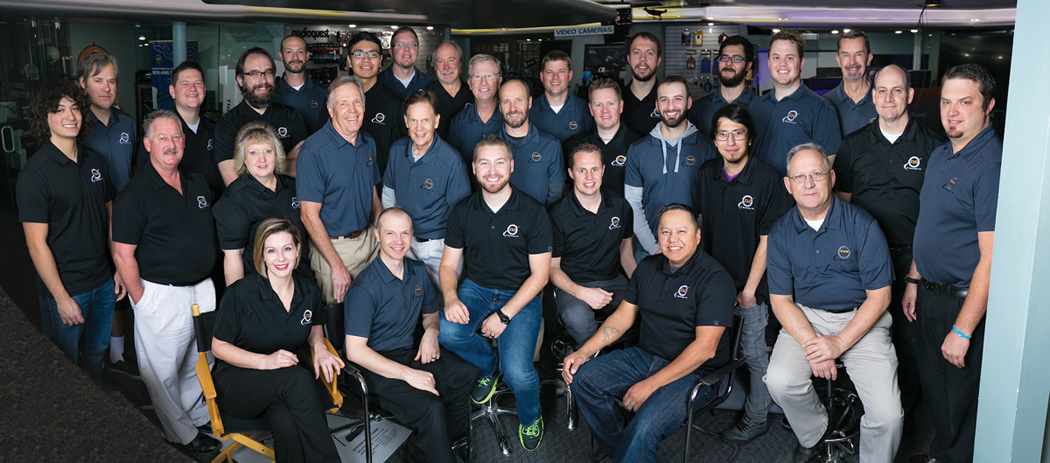Digital Cinematography
Black Magic Pocket Camera
I’ve had a chance to go and shoot with the BMPC twice now and I’ve had a mixed experience with the camera. My first thought when I got my hands on this camera was “Wow, this thing is tiny!” it reminded me of the Canon HV20 when it first came out – a lot of power in a little package at a very affordable price. So we went out to the park and took a couple of shots. I had brought along the camera with an adaptor for PL lenses and also a set of Sony PL lenses (the set they used to sell with the Sony F3). I shot on the 35mm and the 85mm. Keep in mind that this camera has a substantially smaller sensor compared to your standard DSLRs, so the crop factor is 2.8x turning the FOV of my 35mm into a 98mm and my 85mm into 238mm.

After setting up my shot I went to set exposure and without a decent set of NDs you’re going to be exposing at f18+. Luckily, I brought along a .6 ND 4×4 that I taped directly to the front of my PL lenses, not the prettiest thing in the world but it works. Even with the .6ND I wasn’t able to get my exposure down to an f3.5-5.6 (my preferred exposure range), so we bumped the shutter up and we were off to the races.
Unfortunately, I did not have a screen hood or loop eye piece, so seeing what I was shooting was a bit problematic. To make matters worse, I was trying to do some slider shots. We finished the shoot up and headed back to the office. The first thing that was apparent was the Jello and vibration from the slider move, add on top of that that we were shooting a higher shutter speed and the footage was not very desirable when trying to do the slider shots. A lens with optical stabilization would have fixed some of this, but some post stabilization would still have been necessary.
The images were beautiful. We shot in the film mode and even the ProRes files retained a lot of highlight and shadow detail.
My second expedition was to the same park with an Olympus 14-150mm f4-5.6 zoom (I love zooms.) we also took an LCD hood built for a Sony EX1 and mounted that over the LCD screen and after getting all setup I found that I had forgotten to bring any ND filtering, so we shot at f22 the entire time, and all of our shots were a tad on the soft side because of our f-stop. The shots in the review video are from this shoot.
This camera is capable of stunning images, in the right hands. Be sure to stop by TV Specialists to see this new camera and many other amazing cameras.
Here is a run down of the camera:
Camera Features
Effective Sensor Size
12.48mm x 7.02mm (Super16mm)
Effective Resolution
1920 x 1080
Shooting Resolutions
Lossless CinemaDNG RAW and Apple ProRes 422 (HQ) at 1920 x 1080
Frame Rates
23.98p, 24p, 25p, 29.97p, 30p
Dynamic Range
13 stops
Focus
Focus button turns on peaking.
Iris Control
Iris button automatically adjusts the lens iris settings so no pixel is clipped in film mode. Scene average auto exposure in video mode.
Lens Mount
Active MFT
Screen Dimensions
3.5″ and 800 x 480 resolution.
Screen Type
Integrated LCD.
Metadata Support
Automatic camera data and user data such as shot number, filenames and keywords.
Controls
4 way directional controller for navigating menus and entering metadata. Push buttons for recording and transport control.
Microphone
Integrated stereo microphone.
Speaker
Integrated mono speaker.
Mounting Options
1 x 1/4″-20 UNC thread mounting point on top of camera. 1 x 1/4″-20 UNC thread tripod mount.



